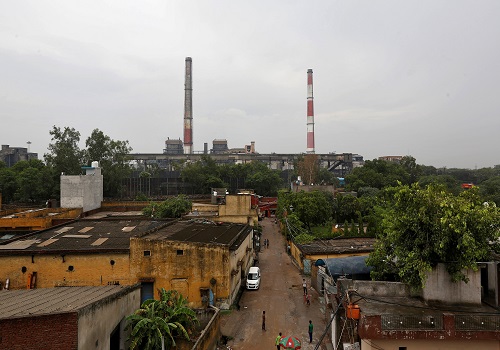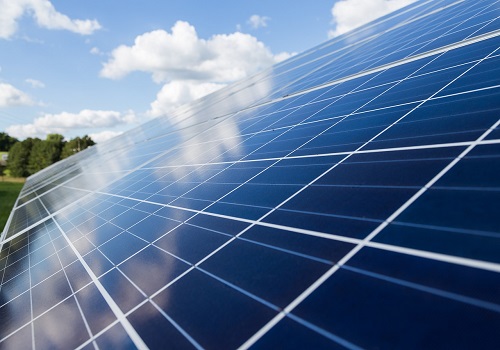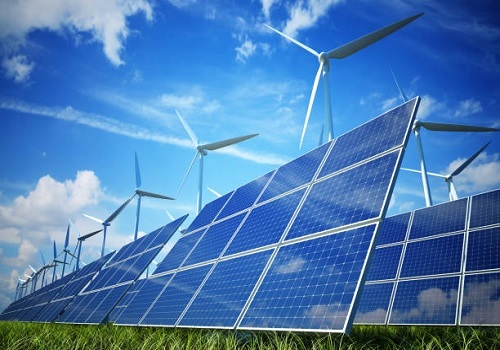India's electricity shortage erased by renewables growth: Kemp

Follow us Now on Telegram ! Get daily 10 - 12 important updates on Business, Finance and Investment. Join our Telegram Channel
India’s electricity transmission system passed the difficult post-monsoon period this year with far less stress than in 2021, following a major effort to improve coal stocks and a big expansion of renewable generation capacity.
There was no repeat of the widespread blackouts which plagued many parts of the country in late September and early October last year when coal-fired power plants ran short of fuel and were unable to keep up with demand.
Grid frequency fell below the minimum target of 49.9 cycles per second (Hertz) just 5% of the time in October 2022 compared with 11% of the time a year earlier, according to Grid India.
The improvement in frequency control is a sign of a healthier and more stable network able to meet peak loads more comfortably (“Monthly operational performance report”, Grid India, Nov. 23).
The country’s coal-fired power generators started October with more than 9 days of fuel on hand compared with just 4 days at the same point last year, enough to ensure more were able to start up when needed.
Temperatures in northern India were also slightly cooler than last year, reducing air-conditioning and refrigeration loads and offsetting the impact of economic growth.
The average daily temperature in the New Delhi neighbourhood of Palam during October was 0.9 degrees Celsius lower than last year and 1.9 C lower than the long-term seasonal average.
Chartbook: India power generation
Total power consumption was broadly stable at 115 billion kilowatt-hours (kWh) in October from a year earlier.
But there was a big increase in renewable generation (+3.1 billion kWh) led by solar (+2.1 billion kWh) with smaller contributions from hydro (+0.7 billion kWh) and wind (+0.3 billion kWh).
The result was less pressure on coal, gas and diesel generators, leaving more reserves to meet daily peaks and temperature-related variations in demand.
Hydro, wind and solar supplied 25.4% of all electricity consumption in October, up from 22.8% twelve months earlier
Total installed solar and wind generation capacity increased to 119 Gigawatts (GW) from 103 GW over the period.
As in China, the massive deployment of renewables is beginning to slow the growth in demand for coal-fired generation.
So far, the impact is marginal in India, and coal-fired generation is likely to rise again as total loads continue to grow, especially if temperatures are closer to seasonal norms.
But renewables are starting to bend the curve of coal consumption for power generation and reduce the future trajectory.
Related columns:
- India’s coal and electricity supplies are more comfortable this autumn (Reuters, Sept. 28)
- India’s electricity shortages ease as wind and hydro output rises (Reuters, June 27)
- Beset by coal shortages, India’s power grid struggles to meet demand (Reuters, Oct. 12, 2021)












 320-x-100_uti_gold.jpg" alt="Advertisement">
320-x-100_uti_gold.jpg" alt="Advertisement">












